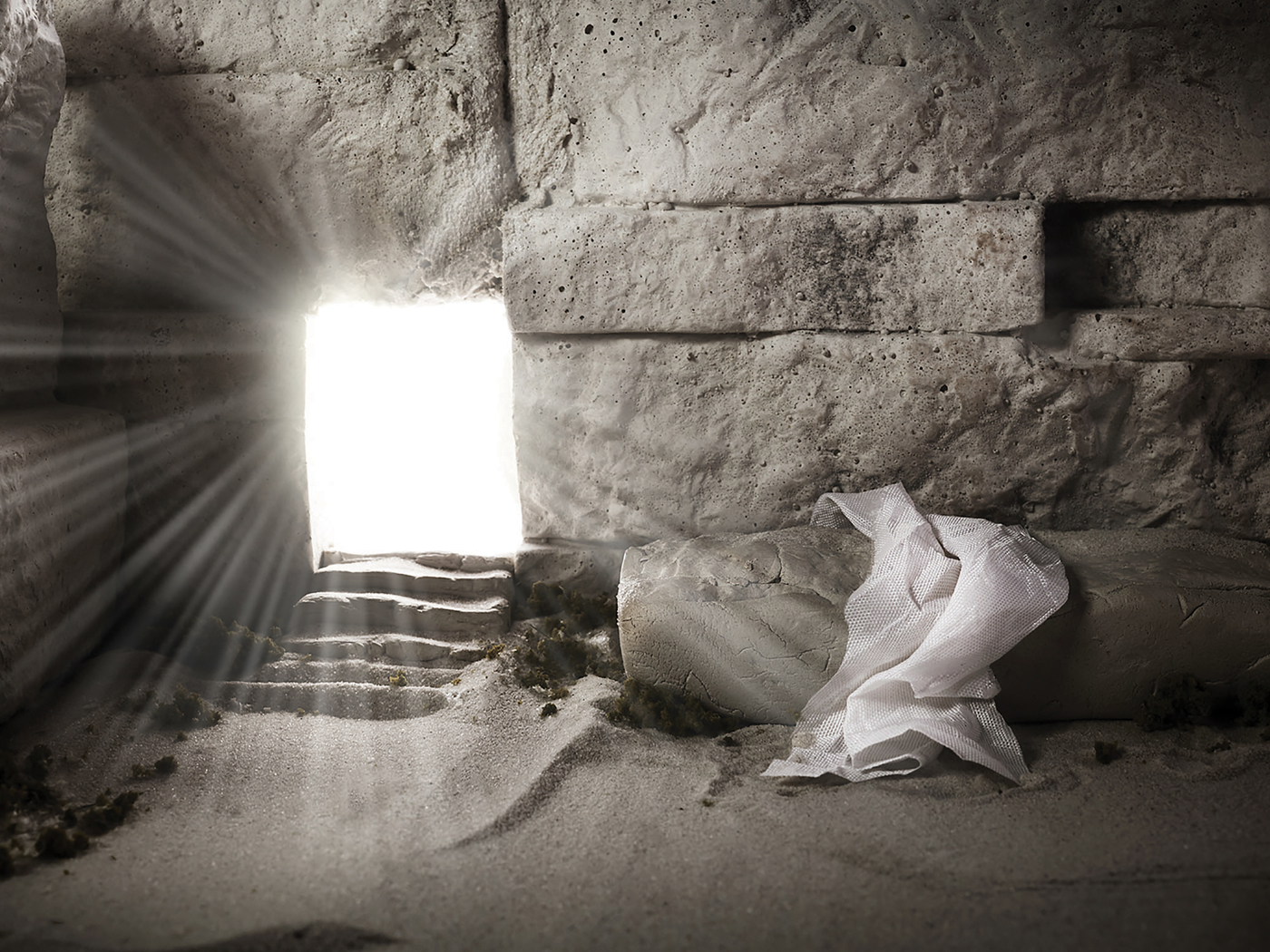“It’s official: An asteroid wiped out the dinosaurs,” a recent headline proclaimed.1 But is this accurate? Although a recent study by 41 scientists reached a similar conclusion, enough unanswered questions remain to be confident that this particular case for the demise of the dinosaurs is far from closed.
A dozen related news titles surfaced in response to the study published in Science, in which the large team of researchers stated that:
The correlation between impact-derived ejecta and paleontologically defined extinctions at multiple locations around the globe leads us to conclude that the Chicxulub impact triggered the mass extinction that marks the boundary between the Mesozoic and Cenozoic eras ~65.5 million years ago.2
The Chicxulub crater, which is partly buried under Mexico’s Yucatan Peninsula and a corner of the Gulf of Mexico, was long thought to have resulted from a possible impact event. It was theorized that this caused a mass extinction, since similar-looking strata referred to as the “K-T boundary” are located atop layers that contain dinosaur fossils.
But scientists have debated whether or not such an event occurred at Chicxulub, let alone whether it could have caused the widespread extinction of both sea and land life forms. As recently as last April, Princeton University’s Gerta Keller and a team of colleagues challenged the impact-extinction link with evidence suggesting the Chicxulub impact far predated the K-T boundary.3
The Science study's analysis relied on K-T boundary samples from all over the globe. The 41 researchers cited several reasons for their conclusion that an asteroid impact formed the Chicxulub crater, including a reduction in the number of impact-altered minerals that were found in the corresponding layer away from the crater. They also found that the layer thins out the farther it gets from the impact site. They suggested this could also have been caused by the tsunami that resulted from the impact.
Portions of the boundary layer associated with this impact show unmistakable evidence “of high-energy sediment transport, for example, by tsunamis and gravity flows.” This rock unit, “up to 80 meters thick in places, was deposited in the extremely brief period”2 presumably corresponding to the time of the catastrophic impact event.
But geologists had long thought that rocks like these were the result of slow and gradual processes. Such massive geologic work―the deposition of hundreds of feet of sediment―during only hours, not millions of years, calls into question the timeframes that have been assigned to this and other rock units.
One feature the authors did not address is the razor-thin, flat contact the impact layers have with the sedimentary rock units above and below them. There is little evidence of erosion, chemical weathering, or surface disturbance from clams, worms, or roots, and thus no evidence of long periods of time having elapsed between their deposition events. It is as if the impact layer was deposited within weeks of the deposit below it, and then another layer was deposited soon after that.
One scientific model can account for both the rapid deposition of the layers in question and the massive loss of life. If there was an impact during the later stages of the Flood year, as the K-T boundary placement within the creation-Flood model suggests, then its effects on living things would be difficult to separate from the overall effects of the flood runoff from continents. In this case, extinctions attributed to the impact could actually have been caused by the Flood and the impact together.
Physicist Donald DeYoung noted that such an impact would not have been able to target just dinosaurs for extinction, while leaving alive other less mobile or more fragile creatures. Fossils of turtles, crocodiles, salamanders, and some mammals and birds from below the boundary look like their living counterparts. For that matter, there are reports of dinosaur fossils in Montana and New Mexico that are above the K-T boundary, indicating that dinosaurs did not go extinct at the time of the impact!4,5
If representatives of each land animal were preserved through the Flood as well as the impact, as the creation-Flood model predicts, then certain animals—especially large, threatening, or less adaptable ones—would have become extinct much later, during recent human history.6
Forty-one scientists may conclude that an asteroid impact killed off the dinosaurs. However, 41 scientists do not necessarily represent all scientists, and their results remain open to testing and evaluation. Quality forensic science gleans information about the past by comparing the best historical models with the most accurate evidence available.
When it comes to the Chicxulub impact, the best answers at this point demand further investigation, not premature pronouncements that the case has been solved.
References
- Kelland, K. It’s official: An asteroid wiped out the dinosaurs. Reuters, March 4, 2010.
- Schulte, P. et. al. 2010. The Chicxulub Asteroid Impact and Mass Extinction at the Cretaceous-Paleogene Boundary. Science. 327 (5970): 1214-1218.
- New Blow for Dinosaur-Killing Asteroid Theory. National Science Foundation press release, April 27, 2009. Also see Keller, G. et al. 2009. New evidence concerning the age and biotic effects of the Chicxulub impact in NE Mexico. Journal of the Geological Society. 166(3): 393-411.
- DeYoung, D. B. 2001. Chicxulub and the Demise of the Dinosaurs. Acts & Facts. 30 (4).
- Thomas, B. Rewriting the Last Dinosaur’s Tombstone. ICR News. Posted on May 11, 2009, accessed March 8, 2010.
- Morris, J. 2008. The Dinosaur Next Door. Acts & Facts. 37 (6): 13.
* Mr. Thomas is Science Writer at the Institute for Creation Research.
Article posted on March 15, 2010.





















